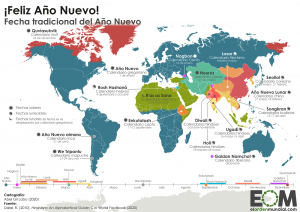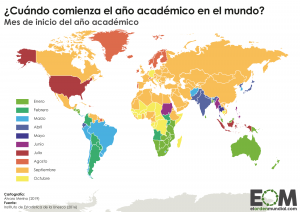“El tiempo es oro”
One of the key concepts in this module is time: “TIEMPO”.
Do you think we all have shared understandings or experiences of “time” and expressions to talk about it?
How would you represent time visually?
What gestures do you use to refer to time?
What about: PASADO, PRESENTE y FUTURO?
If we think of time along a horizontal axis, we may represent it as below.
What words or expressions in your language(s) reflect interesting representations of time?
One example that comes to mind in Spanish is the word: “AHORITA” the diminutive of “AHORA” (as it is used mainly in some Spanish-speaking communities).
What do you think it might mean?
😅🤷🤷♂️
¿Quién se identifica? pic.twitter.com/VrOpkYWO7v— Google en español (@googleespanol) August 28, 2021
Below is a tweet exchange in which someone replies to the Real Academia Española formal definition of the word with with a visual representation that attempts to capture its meaning.
Definición gráfica de "ahorita". pic.twitter.com/3OeJE6dVay
— Stop Tourist Abuse (@StopTouristAbus) August 12, 2020
The famous Spanish language TikToker @zachjaq has also attempted to explain the use of this and other similar expressions:
@zachjaq soy el mejor profesor 🥰🥰🥰 JAJAJA #comedia #comediaenespañol
Another expression that may require layers of interpretation is: “UN RATO” o “UN RATITO”.
What do you “do” with “time” in your language(s)? Do you have time, do you lose it, save it, gain it?
What (cultural/personal) values do these expressions convey about time?
How do you think the use of these words and expressions may impact upon the formation and perpetuation of certain stereotypes?
![]() Comparamos y compartimos
Comparamos y compartimos



